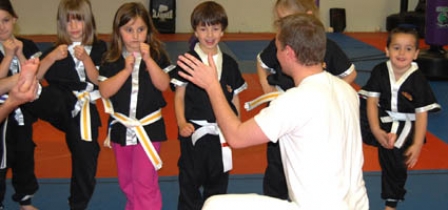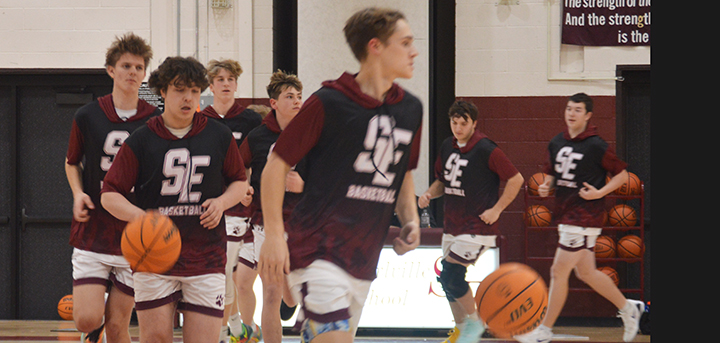Punching the Clock: Not just for kicks
What do you call a person who can hold their breath for at least two and a half minutes, hang from a railing without regripping for three minutes and can be considered a deadly weapon in a court of law? A black belt at Tribute Martial Arts.
Tribute Martial Arts owner and head instructor Ron Lewis is a fourth degree black belt in Tae Kwon Do and has spent the last 28 years practicing the art of combat and restraint.
“It’s not so much teaching someone how to fight, but giving somebody more than one option. Just because you know how to fight doesn’t mean you have to,” he said.
The Korean fighting style traces its roots back to the 9th century when competing kingdoms in the region began teaching special fighting techniques to often out-numbered soldiers as a way to make them more formidable.
The style incorporated many Asian philosophies of internal balance and control with Buddhist influences having its own code of honor and strict discipline.
“The jump kick, for example, was originally designed as a way of dismounting riders on horse back,” said Ron.
I was able to walk in Ron’s shadow as he instructed a large variety of classes at his Hale Street studio, from wrangling 5 and 6 years olds through an obstacle course to grappling with adults in fast-paced 30-second submission rounds.







Comments